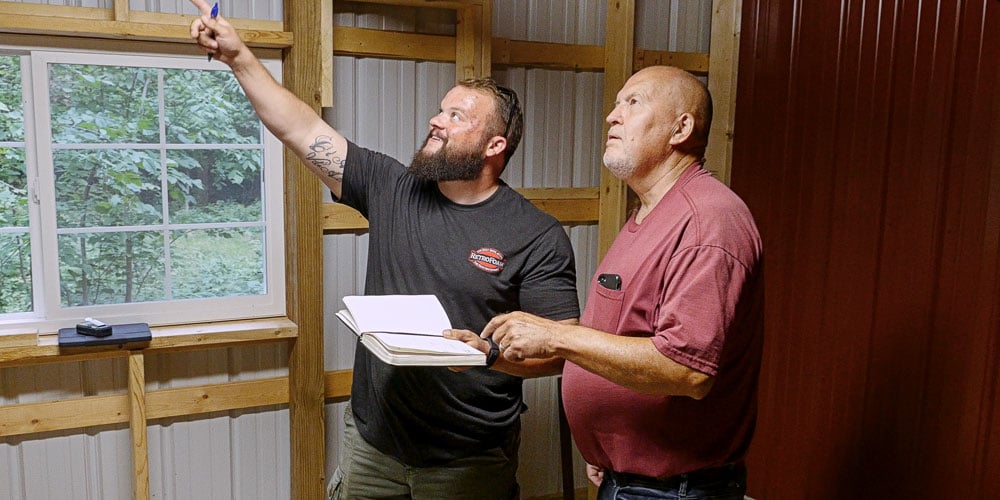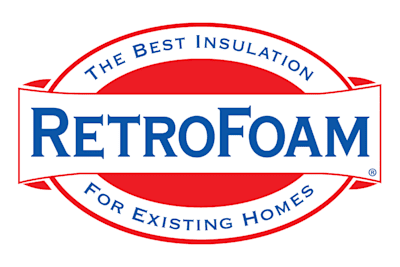How to Get on the Same Page as a Home Inspector for Your Insulation Project


If you’re planning an insulation project, you might find yourself asking, “Do home inspectors check insulation? Are they required to inspect insulation inside walls? What about building code insulation requirements?”
These are excellent questions, and getting on the same page with your home inspector can make your insulation project run much more smoothly.
Let’s break down how to communicate effectively with your inspector, address their role in checking insulation, and ensure everything is up to code.
Do Home Inspectors Check Insulation?
Yes, home inspectors often check insulation as part of a standard inspection, especially in areas like attics, basements, or crawl spaces.
However, they may not inspect insulation inside walls unless it’s exposed or there’s a reason to suspect an issue. Their primary focus is on whether your home meets building code insulation requirements and if there are signs of problems like moisture or air leaks.
When it comes to building inspectors, their role is more technical. Building inspectors specifically check that insulation complies with local building codes, including R-Value requirements and proper installation techniques. This makes them key players in any insulation project.
Why Communication with Your Building Inspector Matters
Over-communicating with your inspector and contractors is essential.
Ensuring everyone involved – including your inspector, contractor, and property manager – is in the loop can prevent misunderstandings. This is particularly important if changes arise during the project.
Here are some best practices for building inspector communication.
Establish a Chain of Communication
Ask your inspector what their preferred method of communication is.
Email is often best because it provides a written record of everything discussed.
Keep Detailed Notes
If you meet in person, jot down everything the inspector says, including recommendations, required changes, and approval updates.
Always note the date, inspector’s name, and details of the conversation.
Share Documentation
Provide your inspector with manufacturer specifications, R-Values, and any relevant certifications for the insulation materials you’re using.
This shows you’re proactive and ensures they have all the information they need.
Understanding Building Code Insulation Requirements
Building codes vary depending on your location, but they generally specify:
- R-Value Requirements: The minimum thermal resistance your insulation must provide.
- Proper Installation: This includes ensuring insulation is evenly distributed, with no gaps or compressions.
- Fire Safety Standards: Requirements for fire-resistant materials or barriers.
- Moisture Control: Proper vapor barriers to prevent condensation and mold growth.
The inspector’s main job is to verify that these requirements are met. If you’re uncertain about local codes, do some research or ask your contractor to help you interpret them. Inspectors can also be a valuable resource for clarifying specific guidelines.
Are Home Inspectors Required to Inspect Insulation Inside Walls?
This depends on the scope of the inspection and whether the insulation is accessible.
For instance:
- Exposed Insulation: Inspectors are likely to check insulation depth and condition in areas like attics.
- Hidden Insulation: Inspectors might only check for visible issues like cold spots or moisture problems that suggest insulation deficiencies inside walls.
If you’re installing insulation inside walls, building inspectors will check to ensure it complies with code. This is why having thorough documentation ready for your inspection is so important.
Tips for a Successful Inspection
- Communicate Early and Often: Don’t wait until the end of the project to involve your inspector. Keeping them updated throughout the process builds trust and ensures there are no surprises.
- Be Patient: Inspectors often juggle fieldwork and office time, so it may take them a day or more to respond to your inquiries. Plan ahead and be understanding.
- Anticipate Questions: Be prepared to explain why you’ve chosen specific insulation materials and methods. Highlight how your choices meet or exceed building code insulation requirements.
- Involve Your Contractor: Ensure your contractor is ready to provide data sheets, certifications, and any other necessary documentation. This will make your inspector’s job easier and keep the project on track.
Getting on Track with Your Insulation Inspector
Getting on the same page as your home inspector doesn’t have to be stressful.
By over-communicating, staying organized, and understanding building code requirements, you can set yourself up for a successful insulation project.
RetroFoam dealers are experts at navigating these processes. If you’re looking for a contractor who can help you communicate with inspectors and ensure your project meets all necessary requirements, check out our Dealer Finder page to find a RetroFoam dealer in your neck of the woods.
Related Articles
What Does Fire Rating Mean for Wall Insulation?
Do You Need a Permit for Insulation? Understanding the Requirements
About Amanda Emery
Amanda previously has worked as a breaking news and crime reporter, TV news producer, and editor. As a journalist, she has won several awards from The Society of Professional Journalists - Detroit Chapter and the Michigan Press Association. Amanda uses her experience as a journalist to write content that will help educate homeowners on foam insulation benefits. When Amanda isn’t writing, she’s spending time with her husband Chris, daughter Lilith-Maeve, and rescued huskies Danger and Wendigo. She also loves knitting, making art, and cooking.


